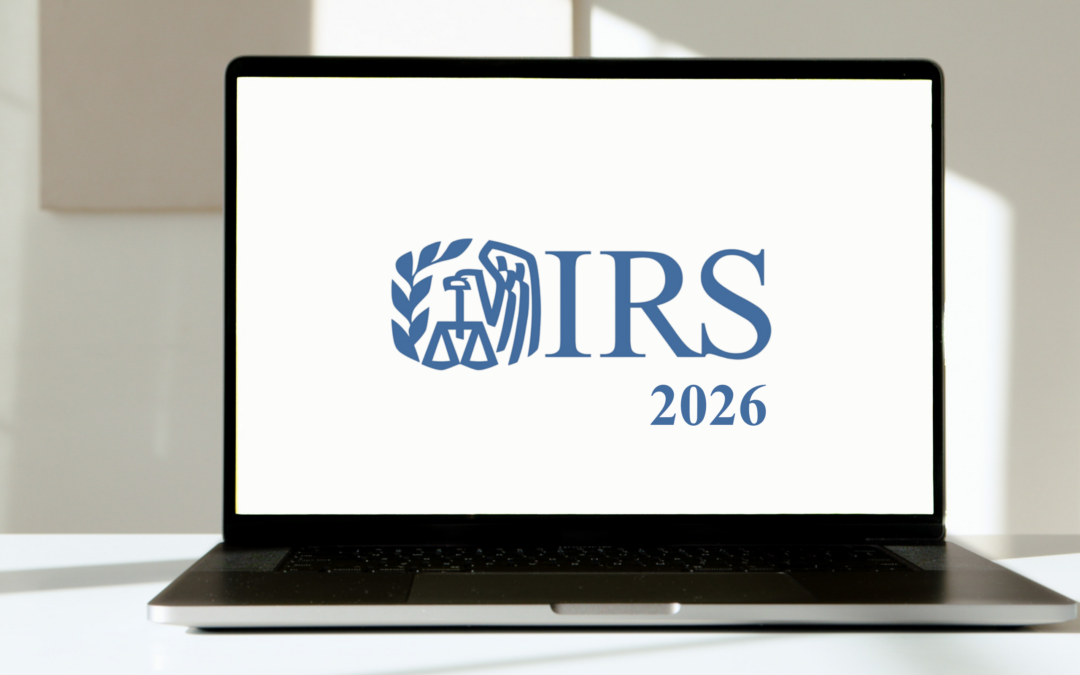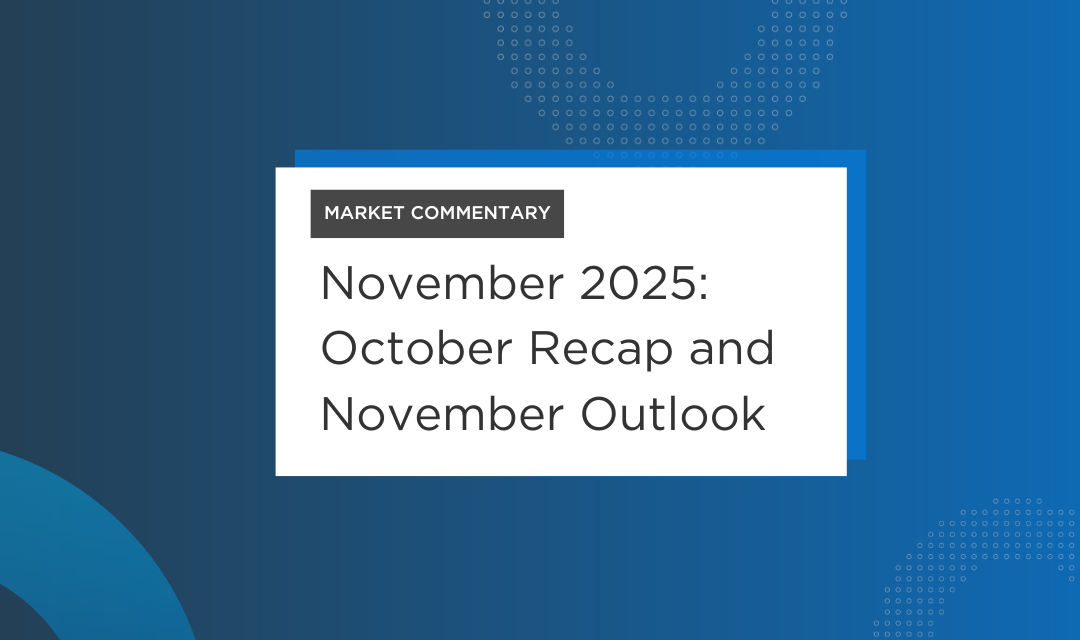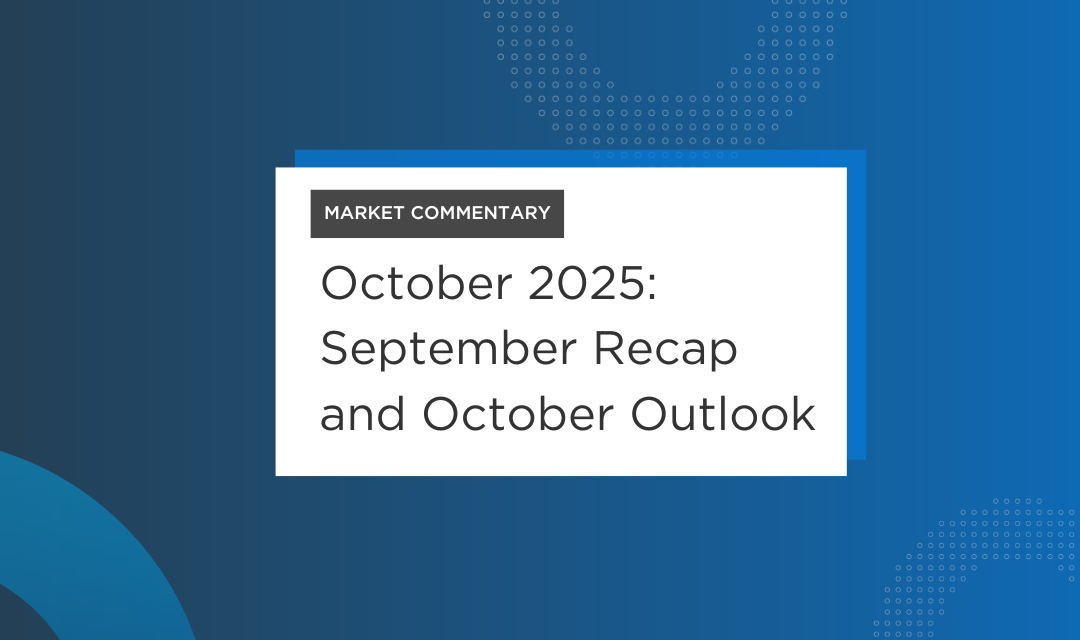Retirement planning is a crucial (and unavoidable) process that will require you to spend some time analyzing your financial scenario, calculating your anticipated retirement savings needs, and your current savings efforts. The earlier you can start this analysis, the more options you will have on the table to work with.
Fortunately, this is a rite of passage that many have taken before you and a well-worn path has been created that will get you through the basic stages of retirement planning. The basic retirement planning session should aim to provide accurate answers to these fundamental retirement questions:
- When do you hope to retire?
How many years will you have between today and your preferred retirement date?
- How much do you currently have saved
- What are your retirement plans?
- How much do you anticipate you will require to support your retirement lifestyle for 1 year?
- Will you be liquidating any high-value assets as you transition into retirement?
- What is the difference between the retirement savings you already have and the anticipated profit of any liquidated assets and the estimated amount you will need during retirement?
- How much will you need to save each year to reach your financial goal by your retirement date?
You won’t be able to know exact figures for a lot of these questions but having a ballpark figure for each of these questions will help give you a solid starting point for your retirement planning.
Are You on Track with Your Retirement Savings?
Now that you have your numbers, you can determine whether you are right on track to meeting your retirement funding goals or if you will need to make some adjustments to reach your target. There are a few key benchmarks that you can use as a rule of thumb guide to assess your status.
Just remember, these are just general guidelines to be used as a basic gauge. There is no reason for panic if your numbers aren’t aligning at this stage.
Retirement Savings Benchmarks
The general guideline suggests that you should aim for having a retirement savings balance that is equal to your annual income by the time you reach 30 years old.
This first benchmark is lower than the following milestones. The formula considers the basic lifecycle of your earning potential, assuming you may have spent a solid portion of your twenties in college and working part-time or entry-level jobs. After the first level is passed the amount that you are expected to save each year gets bumped up to a much more ambitious target as the formula assumes that you are now established in your career and climbing the ladder to higher and higher earnings in the prime of your working years.
The next milestone suggests that your retirement account should contain an amount equal to 3x your annual income by your 40th birthday. The formula continues through retirement age, expecting you to have amassed 5x your annual salary by 50, and 10x your income by the official retirement age of 67 years old.
These benchmarks are not set in stone by any means. Every financial scenario is unique. For a more accurate picture of where you are on your own personal retirement savings journey consider using a financial calculator that takes into account a wide range of factors when calculating your current status and future needs.
Timing Your Retirement
The decision of when to retire is deeply personal and influenced by various factors, including financial readiness, health, and personal goals. Early retirement offers the allure of freedom but requires diligent planning and substantial savings. On the other hand, retiring later can provide additional time to accumulate wealth and increase Social Security benefits.
Working After Retirement
As so much of modern work has become less physical and more intellectual, and workers are increasingly able to perform their work from the comfort of their own homes, many in today’s workforce don’t see any reason to stop working at a specific age. Whether you choose to continue working full-time, reduce your work hours, or offer your services as a consultant, continuing to earn an income after retirement offers an alternative to relying solely on retirement benefits for many Americans. That being said. While continuing to work can allow you to reduce the drain on your retirement savings for a time it is important to understand how your earned income can impact your retirement benefits so you can make an informed decision and find the ideal balance for your unique situation.
Here’s a quick look at the pros and cons of continuing to work after retirement and how it could impact your retirement benefits.
Pros:
- Financial Benefits: By continuing to work, you don’t have to rely solely on your retirement savings, which can prolong the longevity of your nest egg.
- Lifestyle Factors: Working can help keep your mind sharp and ensure that you stay connected and engaged with society. This may help alleviate the loneliness and feelings of reduced value that many retirees fear. However, you should take care to make sure your work does not exacerbate any health concerns you may have as you age.
- Increased Social Security Pay-Out: Maintaining an income may allow you to delay claiming Social Security benefits, resulting in higher monthly payments later.
Cons:
- Risk of Reduced Social Security Benefits: In certain scenarios, your social security benefits may be temporarily reduced if you continue to earn an income while collecting social security. You will need to be careful to remain below the threshold of allowable earnings set by the Social Security Administration to continue receiving full benefits.
- Tax Implications: Understanding the tax consequences of your income is crucial. If you work while receiving Social Security, you may be required to pay federal income taxes on a portion of your benefits.
3 Top Tips to Optimize Your Retirement Savings Strategy
Successful retirement planning balances growth potential against risk, leverages tax advantages, and establishes a retirement saving strategy that will allow you to reach your funding goal by the time you are ready to retire. If the assessments in the last section showed that you have some catching up to do, this section will explore a few of the best ways to maximize financial growth to get you back on track to the retirement you deserve.
Tip #1: Tailor Your Retirement Investments to Your Needs
Just as there is no standard earning path anymore, there is also no one-size-fits all investment strategy. This is good news for you if you need to boost your savings account balance quickly. On the flip side, it also means that those who are right on track will have the option to continue a different path that best meets their needs.
The key to maximizing your retirement savings potential is identifying the right combination of investment products to achieve your goals in a way that fits your personal risk tolerance.
When you are selecting an investment strategy your age is going to play a large role. If you are older and have fewer years to amass your savings, you may rationalize that it is better to put your investment dollars into high-risk investments with the potential to deliver much higher returns in a short period of time.
You will need to determine your personal risk tolerance to identify the perfect strategy for you. A person with a lower risk tolerance could look at the shorter time to retirement as less time to recover should an investment take a downward turn. In this scenario the investor would be better suited diversifying their portfolio to contain a mix of moderate earning potential stocks with a more stable risk profile.
Here is a quick break down of the pros and cons for both high-value/high-risk and moderate-value/slow-growth investment products
Safe, Stable, Slow-Growth Investments (i.e. Treasury bonds, certificates of deposit, and money market accounts)
Pros:
- Stability: They offer a fixed rate of return, ensuring that your principal amount remains intact.
- Predictability: You can easily forecast your returns and plan your finances accordingly.
- Liquidity: Many of these investments can be easily converted into cash without significant loss.
Cons:
- Inflation Risk: The returns may not keep pace with inflation, potentially eroding your purchasing power over time.
- Opportunity Cost: By choosing lower-risk investments, you may miss out on higher returns from other asset classes.
Aggressive, High-Risk, High-Yield Investments: (Stocks, mutual funds, real estate, and commodities)
Pros:
- Growth Potential: These investments can significantly appreciate, providing the opportunity for large gains.
- Diversification: A well-diversified portfolio can mitigate risk and enhance returns.
- Compounding: Can significantly benefit from the power of compound interest.
Cons:
- Market Risk: The value of these investments can fluctuate widely, leading to potential losses.
- Complexity: Understanding and managing these investments often requires more knowledge and time.
Tip #2: Harness Tax Credits and Catch-Up Contributions
Uncle Sam offers extra help to some subsets of tax filers. You may be able to take advantage of available tax credits and tax savings programs to keep more of your earnings or get a larger tax return. Roll this savings over into your qualified retirement savings account to grow your funds even faster.
Retirement Plan Catch-Up Contributions
Participants who contribute to either a 401(k) or a 403(b) retirement savings plan, and those who participate in most 457(b) plans, are eligible to increase their tax deferred contribution to the account after turning 50. The current cap allows participants to divert up to $23,000 torward their retirement savings account and defer taxes on that amount until withdrawal. Participants who are over the age of 50 can make an additional “catch-up” contribution of up to $7,500 annually. For plan participants, this offers significant tax savings in the near term, and it could be a powerful tool to help boost your retirement savings for the future.
Retirement Tax Credit/Savers Credit
To encourage Americans to save for retirement, the IRS offers a tax credit to income earners who contribute a portion of their earnings to a qualified retirement savings account. Participants are eligible to receive a tax credit of up to 50% of their annual contributions on a sliding scale based on their income.
Tip #3: Collaborate with a Financial Advisor
There are many tools available to help you boost your retirement savings buffer, but you can’t take advantage of these products, services, and techniques if you don’t know they exist, or don’t know how to apply them to your financial scenario.
A knowledgeable financial advisor can optimize your retirement savings efforts at every stage of the game by regularly reviewing your efforts and offering suggestions to increase your savings across multiple channels. The expertise, experience, and outside perspective that a qualified financial advisor brings to the table can be incredibly helpful when it comes to navigating the complexities of financial planning, identifying investment opportunities, optimizing your tax situation, and creating a comprehensive retirement plan. Their guidance can be invaluable in maximizing your retirement earnings and ensuring financial security.
Retirement planning is a multifaceted endeavor that demands strategic thinking, disciplined saving, and informed investing. By embracing these tips and working with a financial advisor, you can chart a course towards a retirement filled with peace of mind and financial stability.
SOURCES
https://tcgservices.com/calculators/
https://tcgservices.com/investing-at-every-age/
https://tcgservices.journey.io/p/3-retirement-planning-tips
https://www.investopedia.com/articles/investing/111714/8-essential-tips-retirement-saving.asp
https://www.nerdwallet.com/article/investing/retirement-planning-an-introduction
https://www.irs.gov/newsroom/401k-limit-increases-to-23000-for-2024-ira-limit-rises-to-7000
DISCLOSURES
Investment advisory services offered through HUB Investment Partners LLC, an SEC registered investment advisor. Recordkeeper and Third Party Administrator services offered through TCG Administrators. HUB FinPath and Tax Services are offered through PW Solutions. Cypher is offered through Cypher Security, LLC. Consulting Services are offered through TCG Consulting Services, LLC. TeleWealth virtual meetings are offered through TCG Advisors. HUB Investment Partners LLC, TCG Administrators, HUB FinPath, RPW Solutions, Cypher Security, LLC and TC Consulting Services are under common ownership of HUB International and are affiliates of HUB Investment Partners LLC. Legal and Tax advice may be provided by Hessler Legal, an unaffiliated law firm. Certain of HUB Investment Partners LLC investment advisory representatives may also be affiliated with Hessler Legal. HUB Investment Partners LLC does not receive compensation from Hessler Legal for referrals.
HUB International, owns and operates several other entities which provide various services to employers and individuals across the U.S.
This website is not authorized for use as an offer of sale or a solicitation of an offer to purchase investments. This website is for informational purposes only and does not constitute an offer to sell, a solicitation to buy, or a recommendation for any security, or as an offer to provide advisory or other services in any jurisdiction in which such offer, solicitation, purchase or sale would be unlawful under the securities laws of such jurisdiction.
Past performance may not be indicative of any future results. No current or prospective client should assume that the future performance of any investment or investment strategy referenced directly or indirectly in this brochure will perform in the same manner in the future. Different types of investments and investment strategies involve varying degrees of risk—all investing involves risk—and may experience positive or negative growth. Nothing in this brochure should be construed as guaranteeing any investment performance.
This website may contain forward-looking statements and projections that are based on our current beliefs and assumptions on information currently available that we believe to be reasonable; however, such statements necessarily involve risks, uncertainties, and assumptions, and prospective investors may not put undue reliance on any of these statements.



